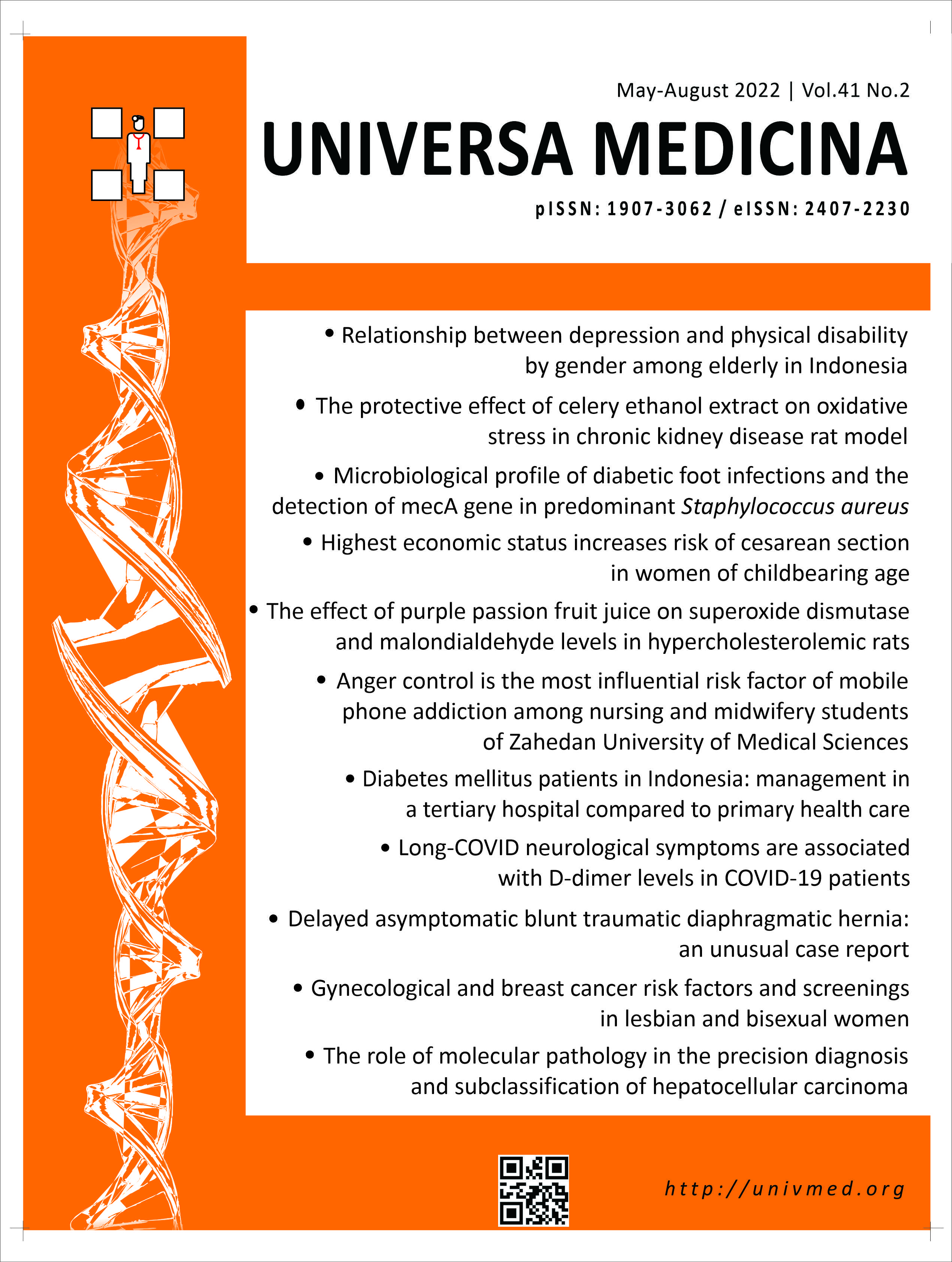Reflections on the concept of sedentary behavior during the COVID-19 pandemic
Main Article Content
Article Details
Issue
Section

This work is licensed under a Creative Commons Attribution-NonCommercial-ShareAlike 4.0 International License.
The journal allows the authors to hold the copyright without restrictions and allow the authors to retain publishing rights without restrictions.
How to Cite
References
Runacres A, Mackintosh KA, Knight RL, et al. Impact of the COVID-19 pandemic on sedentary time and behaviour in children and adults: a systematic review and meta-analysis. Int J Environ Res Public Health 2021;18:11286. doi: 10.3390/ijerph182111286.
Young DR, Hivert MF, Alhassan S, et al. Sedentary behavior and cardiovascular morbidity and mortality: a science advisory from the American Heart Association. Circulation 2016; 134:e262-279. doi: 10.1161/CIR.0000000000000440.
Saunders TJ, Chaput JP, Tremblay MS. Sedentary behaviour as an emerging risk factor for cardiometabolic diseases in children and youth. Can J Diabetes 2014;38:53–61. doi: 10.1016/j.jcjd.2013.08.266.
Tremblay MS, Aubert S, Barnes JD, et al. Sedentary behavior research network (SBRN) – terminology consensus project process and outcome. Int J Behav Nutr Phys Act 2017;14: 75. doi: 10.1186/s12966-017-0525-8.
Van Der Ploeg HP, Hillsdon M. Is sedentary behaviour just physical inactivity by another name? Int J Behav Nutr Phys Act 2017;14:142. doi : 10.1186/s12966-017-0601-0.
World Health Organisation. Coronavirus disease 2019 (COVID-19) Situation Report 51; Geneva (Switzerland): World Health Organization;2020.
UNICEF for Every Children. Rethinking screen-time in the time of COVID-19. New York: UNICEF; 2020.
Ainsworth BE, Haskell WL, Herrmann SD, et al. 2011 Compendium of physical activities: a second update of codes and MET values. Med Sci Sports Exerc 2011;43:1575-81. doi: 10.1249/MSS. 0b013e31821ece12.


